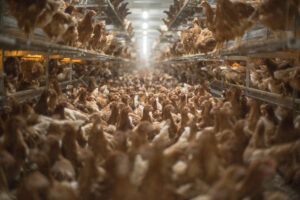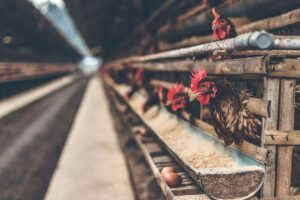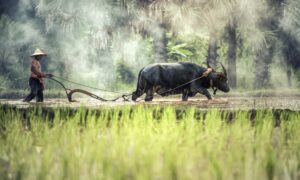Study: Turmoil in the Middle East Threatens Global Food Security
A new study shows that continued conflict in the Middle East poses extreme risks to the world’s essential food supplies. This indirect consequence of ongoing turmoil has the potential to cause mass starvation in the future. Shutterstock
Shutterstock
A new study shows that continued conflict in the Middle East poses extreme risks to the world’s essential food supplies. This indirect consequence of ongoing turmoil has the potential to cause mass starvation in the future.
Dr. Nigel Maxted, lead investigator from the University of Birmingham’s School of Biosciences in England, recently told The Independent: “The Middle East is where the basis of our future food security is located.”
His team has released the most comprehensive database of crop wild relatives (CWR) to date. CWR are the species most closely related to crops necessary for future crop variety development. With industrial monoculture farming all but eradicating biodiversity in crop plants, global scientists and farmers are increasingly dependent on these wild relatives for their resilient genetic traits.
“The issue with crops is they’re continually being developed to overcome changing pests and diseases,” Maxted said. “If we don’t have access to the resistance in the wild species, then we can’t cross them with the crop, and our crops will produce less yield. More people, more starvation.”
Maxted’s inventory lists 173 crops and their 1,667 priority wild relatives, along with their particular traits. The hot spot where CWR are most concentrated is the Fertile Crescent region, and specifically within Syria, Lebanon, Jordan and Israel.
Maxted spelled out the sobering implications of his study:
The team is currently negotiating with governments in the Fertile Crescent to implement conservation schemes in biodiversity “hotspots”. Fewer than one in 10 wild crop species are preserved in seed banks, said Dr Maxted. The largest collection of seeds in the Fertile Crescent was in Syria and believed to be under the control of rebel forces.
The human population is set to expand from the 7.26 billion to 9.6 billion by 2050 and feeding the extra people will require further improvements in crop yields helped by the introduction of genes from wild plants resistant to drought, pests and other potential factors limiting food production, he added.
“If we’re trying to feed that ever increasing human population, we can categorically say that several million people would die as a result of these species not being present,” Dr Maxted said.
The researchers found that “12 per cent of CWRs are threatened with extinction and all are already likely to be suffering a loss of genetic diversity due to habitat loss and alteration, conflict, intensive agriculture, urbanization, and mismanagement of the environment.”
— Posted by Roisin Davis
Your support matters…Independent journalism is under threat and overshadowed by heavily funded mainstream media.
You can help level the playing field. Become a member.
Your tax-deductible contribution keeps us digging beneath the headlines to give you thought-provoking, investigative reporting and analysis that unearths what's really happening- without compromise.
Give today to support our courageous, independent journalists.









You need to be a supporter to comment.
There are currently no responses to this article.
Be the first to respond.